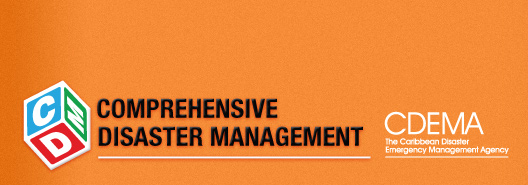
| Disaster plans for college & university students |
|
College and University Students For many years, universities and colleges across the region have been producing academics that specialize in disaster preparedness. However, at the same time, colleges and universities have often been guilty of not practicing what they preach. Many tertiary level campuses across the region do not have a sound disaster plan ready. Now more than ever before, university and college students are recognizing the need to be better prepared for disasters. Students are becoming aware of the risks associated with emergencies either by experience or by having seen them in the media. They have realised that disasters can damage homes, schools, businesses and ultimately cause long term damage to our countries’ economies. As a college student you can make sure that your school is ready for a disaster. How can I make this plan? It is more complicated to create a disaster preparedness plan for a university or college. However, the process can be summarized into five main steps: Establish an effective planning process How a campus approaches disaster planning will determine how successful the plan is. It will lay the foundation for the rest of the plan. Having this preparation will help to reduce surprises. Of course, there will always be the problems that you cannot anticipate so responders should be trained to act independently. The real purpose of this step is so that University officials can be much more confident in the action that they take because they are familiar with the response system and campus plan. Establish cross-institutional teams to build support
Use all-hazards planning to anticipate changing needs Do you know what potential human-caused, technological and natural hazards can impact your campus? A good disaster plan is one that can anticipate all of these threats and hazards and should be flexible enough to provide a framework for effective response and recovery. Your campus emergency plan will only demonstrate its usefulness and value if it is actually used. This plan must be tested by using planned drills not only so that students and staff can become familiar with them, but so that any loop holes can be fixed.
Do you have a method of informing your campus of a disaster? How quickly people can find out about a disaster effects how well they can respond. For this reason, you need to have a good communications plan. To do this you must use various sources, like an intercom, television or radio station (both on and off campus). Remember during this time not to induce panic, and to use short and clear sentences to best get your message across.
Do not try to accomplish too much, too fast. Understand that this process will take time and will need contributions from several sources. Even when the plan is created, this is only the beginning. It needs to be practised and fine tuned until it is almost perfect. Here are some additional tips you can use when making your disaster plan:
Take a course in first aid and CPR. |
|
Looking for:
|











